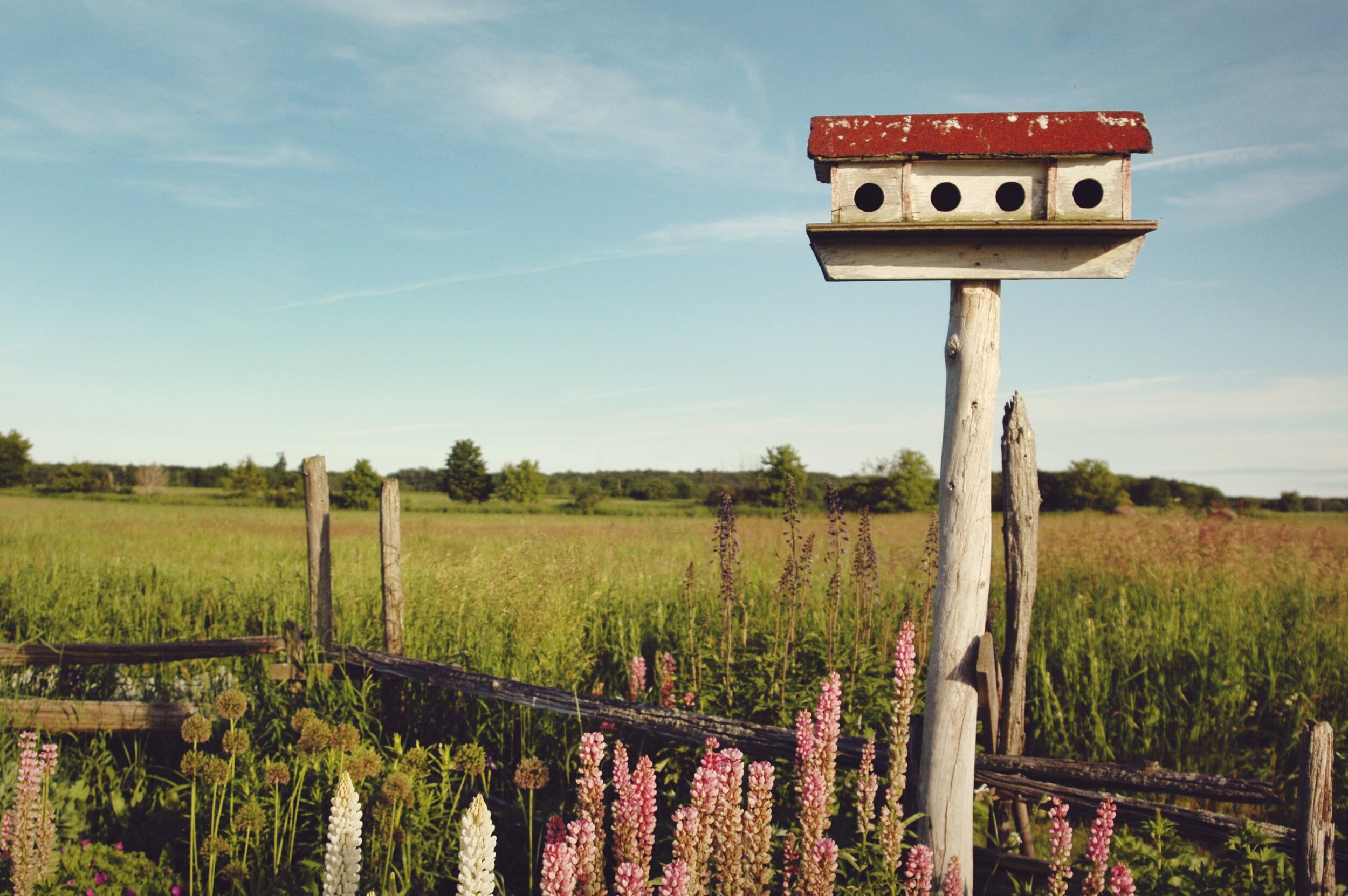Nearly two-thirds (64%) of all rural counties in the United States do not have a COVID-19 testing site, leaving 20.7 million people in a testing desert, according to a new Surgo Foundation analysis.
“When it comes to COVID-19, not all rural counties are created equal. We’ve identified highly vulnerable rural counties that are far less likely to overcome a COVID-19 outbreak due to a number of socio-economic, health, and structural factors,” said Dr. Sema Sgaier, executive director of Surgo Foundation. “Within these highly vulnerable rural counties, a troubling pattern is emerging: they now have as many new COVID-19 cases per week, on average, as urban counties. And with so many COVID testing deserts in rural America, the true spread in these hot spots could be even higher.”
In these rural counties, which Surgo has identified as “highly vulnerable” based on its COVID-19 Community Vulnerability Index, cases and deaths are growing much faster than in their “less vulnerable” rural counterparts:
Vulnerable counties have consistently faced faster spread of infection and rise of deaths. This disparity continues to increase disproportionately in vulnerable rural America:
Of the rural population without a COVID-19 testing site, 8.5 million (41% of this population, 20% of the total rural population) live in highly vulnerable areas geographically concentrated in four states: Kentucky, Mississippi, North Carolina, and Arkansas.
More than half of the population living in rural, vulnerable testing deserts are located in ten states:
*Showing only states with >5% of population
Drilling deeper, 1.27 million rural Black Americans (35% of the rural black population) live in highly vulnerable testing deserts. Compared to the average rural American, Black Americans are 1.7 times more likely to live in these areas. And rural Black Americans are 2.7 times as likely to be living in a vulnerable area with a lack of testing sites and increasing deaths, compared to the average rural American:
“If you’re a Black person living in rural America, you’re nearly three times as likely to be living in a testing desert where deaths are rising, compared to any average rural American,” added Sgaier. “We simply can’t afford to ignore rural communities in our fight against both coronavirus and its racial inequities.”
The 20 Rural Testing Deserts Hardest Hit by COVID-19
In addition, using data from GISCorps about COVID testing sites, Surgo Foundation released a list of the 20 most vulnerable rural counties in the U.S. today with no test sites and the most COVID deaths per capita. Of these 20 counties, 15 have a higher proportion of Black residents compared to the national average (approx. 13%).
1, 2 National US rates are 654.8 cases per 100K, and 35.8 deaths per 100K
Technical Notes:
Data updated as of June 17th: Case and death data are from the JHU Github repository, which tracks daily confirmed cases from February 24th onwards. Both testing location data and COVID case data is regularly updated, so numbers may change slightly by time of publishing. For an updated version of these stats, contact Bethany Hardy at 202-277-3848.
Media Contact: Bethany Hardy at Surgo Foundation at bethanyhardy@surgofoundation.org or (202) 277-3848.





